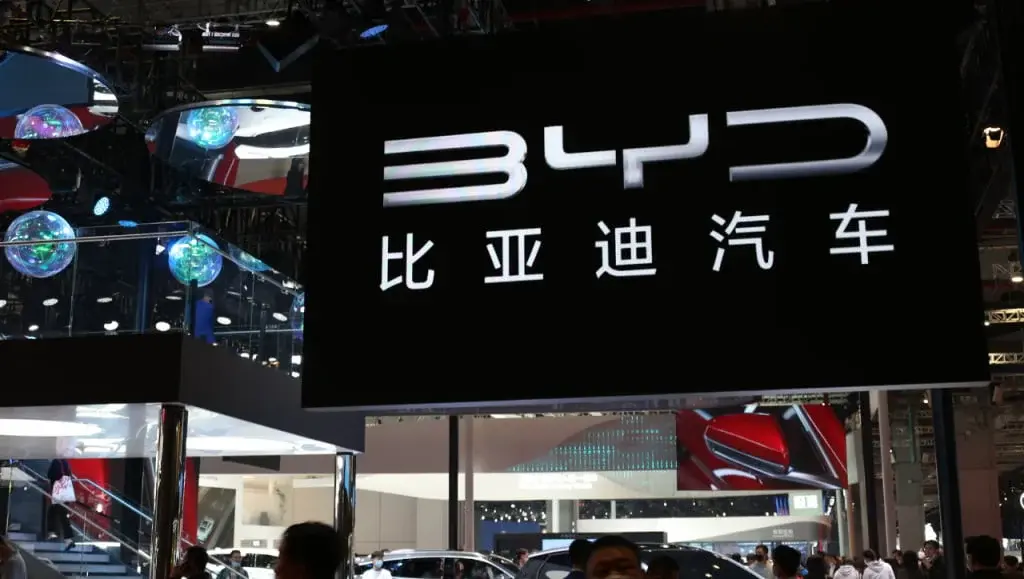Commuting with electric vehicles (EVs) has often faced challenges due to the lengthy charging times, making gas station fill-ups seem more convenient. While planning and optimizing routes can help with longer journeys, this method may soon be outdated. Chinese battery manufacturers BYD and CATL are on the verge of introducing ultra-fast-charging lithium iron phosphate (LFP) batteries that could theoretically be fully charged in just 10 minutes.
Revolution in Battery Technology
Battery technology has seen rapid advancements lately. Improvements in range and charging speed for EVs have been notable. The new batteries from BYD and CATL are the latest innovations aiming to transform charging times. These companies are expected to launch their ultra-fast-charging LFP batteries by the end of the year, potentially making lengthy charging stops a thing of the past.
The secret to these quick charging times is the 6C charging rate featured in both the BYD Blade 2.0 and CATL Qilin 2.0 battery packs. Essentially, the "6" denotes that the charging rate is six times the battery's capacity. For example, a 100-amp-hour battery could be charged with a 600-amp current.
Infrastructure Challenges
However, there are significant hurdles to overcome. Upgrading the charging infrastructure is essential to support these speeds. Without improvements to the charging network, owners of these advanced batteries won't fully benefit from their technology and will be constrained by slower charging options. It's also crucial to note that batteries can't maintain peak charging speeds throughout the entire charging cycle. Marketing strategies will likely emphasize specific charging windows, such as 10% to 80% in 10 minutes. The 2024 Zeekr 001, with its 5C-rated battery, is a case in point, achieving an 11.5-minute charge time for this range.
Details about the 6C batteries from BYD and CATL remain scant. However, reports indicate that existing DC fast chargers designed for 4C-rated batteries (four times the charging speed compared to the capacity) can deliver up to 480 kW of power and a maximum current of 615 amps. Faster charging would require increasing either voltage or amperage (or both). While technically feasible, equipping thousands of DC fast chargers with such high-rated utility connections would involve significant financial investment.
Gradual Progress and Future Outlook
Progress is being made, albeit slowly. China saw the introduction of the first 600 kW fast chargers from Huawei earlier this year. Additionally, Li Auto, the company behind the Mega minivan capable of adding 310 miles of range in a 10-minute charge, plans to install 5,000 5C-capable fast chargers by next year.
In comparison, Tesla's Supercharger network, the leading DC fast charging network in the US, offers up to 250 kW of power from its V3 stalls. While this is respectable, there's room for improvement, as shown by other US providers. Electrify America offers stalls that deliver up to 350 kW, and Gravity Charging's hub in New York boasts an impressive 500 kW per connected EV.
The future of EV charging is advancing towards faster times. While infrastructure upgrades and technical challenges remain, the developments by BYD, CATL, and other players in battery technology are setting the stage for a more convenient and time-efficient EV ownership experience.


Leave a Reply